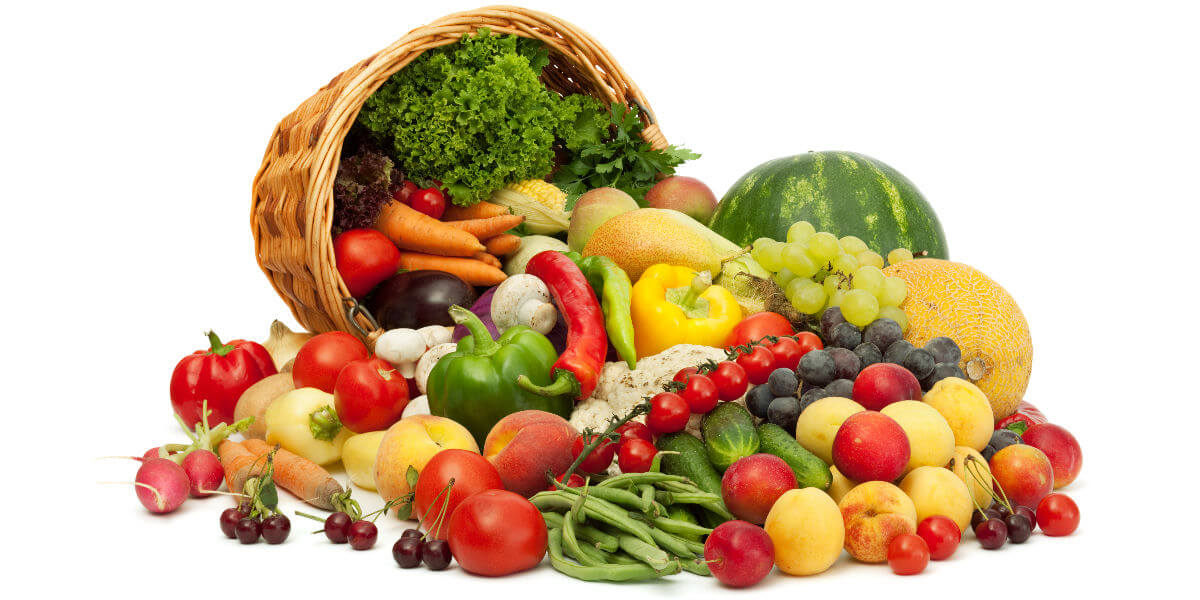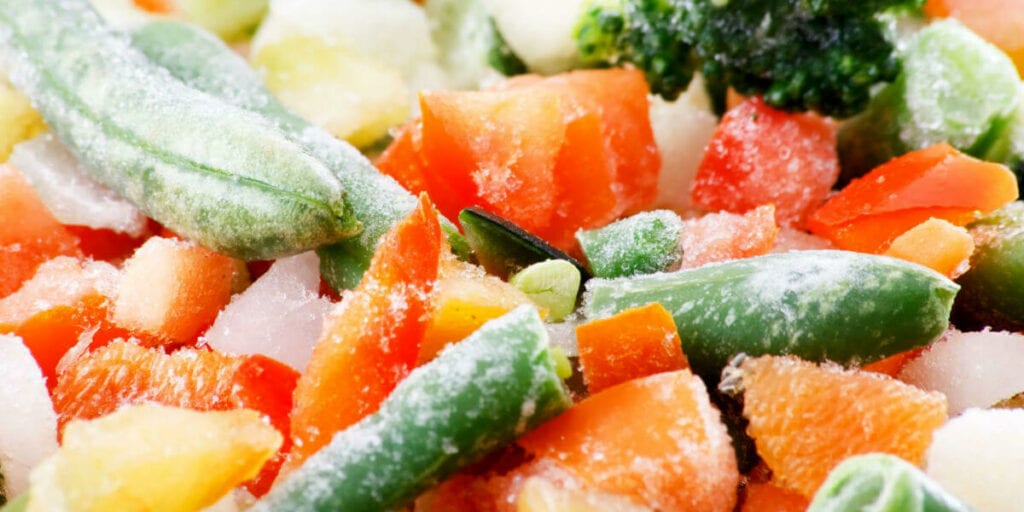Medically reviewed by Shanmukha Priya, M.Phil and Ph.D. in Food Science and Nutrition
You are short on time and hence, you pick up a frozen ready-to-eat food. Or you have not got time to shop for groceries and hence you pick up frozen or canned produce.
After all, you are still eating at home as opposed to ordering takeaway right? But what if we tell you that your frozen or canned processed foods may not have optimum vitamin and mineral content when compared to fresh foods?
Read on to know how to select and prepare foods such that you do not miss out on nutrients.
Selecting and Preparing Foods to Maximize Vitamin Content
The vitamin content of fresh food is influenced by the original amount in the plant or animal while it is alive and growing.
Animal products tend to have fairly consistent levels. Feed and grazing material have a negligible impact on the vitamin content. It is the animal’s ability to concentrate and store vitamins that counts.
On the other hand, vitamin content of plants is determined by the soil and growing conditions (like available moisture and sunlight).
Furthermore, the vitamin content largely relies on the maturity of the fruit or vegetable at the time of harvest. Suitable storage, food processing, and cooking techniques are of utmost importance as light, heat, air, acid, alkali, and cooking fluids can destroy the vitamins.
Unfortunately, frozen and canned foods are exposed to many of these elements which form an integral part of food processing technology.

Fresh Food is the Best Food
It is best if can reach out to fresh produce every day rather than opting for frozen or canned ones. Long periods of storage are typically associated with nutrient losses.
Make sure you pick up clean, undamaged produce while you are out shopping for groceries. Ideally eating fresh vegetables and fruits would be a big thumbs up, because food processing or food storage reduces the vitamin content of food.
“Did you know, the vitamin C content of fresh green beans drops by half every 6 days!”
But not all of us have the privilege of eating fresh fruits and vegetables, so we store our food.
During storage, it is best to avoid extreme temperature and keep the food away from light and air with refrigeration or covered storage.
What About Frozen and Canned Foods?
Canned foods especially fruits and vegetables lose a few vitamins during the heat processing employed in food processing.
However, vitamins are retained in the liquid in which the food is packed. What’s more, the vitamin content of canned foods is shelf stable and remains constant even after 2 years.
Interestingly, the thiamin content of canned foods such as meats and beans is akin to home-prepared dishes. Most of the folate content are retained in the canned or frozen vegetables. The carotenes in vegetables and fruits remain stable during the canning process.
As a matter of fact, some studies have found that the lycopene in tomatoes is a more effective antioxidant after tomatoes have been heated or canned!

Frozen, Fresh, or Canned foods, Which Must you Choose?
So here is our verdict on this age old dilemma. We found that opting for fresh foods and produce such as fruits and vegetables is the best option.
However, since we do face time crunch, opting for frozen foods would be a better option. In addition to this, let us tell you the best way to cook fruits and vegetables.
What is the Best Way to Cook Fruits and Vegetables?
Once fruits and vegetables are bought and stored carefully, the next step is to cook them.
To maximize the vitamin content, use a minimal amount of heat, less cooking water, and minimal exposure to air.
Although most of us dice food to cut down the cooking time, remember, it increases the surface area which means more vitamin depletion. So, chop if you must, but not too small.
Keep in mind that steaming and microwaving are the best cooking methods to preserve nutrition in fresh foods.
They preserve the vitamin content as the cooking time and water use is minimized.
If you boil foods, try to use the cooking water for sauces, stews, or soups, because it contains many of the water-soluble vitamins lost from the food during cooking.
To retain most of the vitamins in your food, be wise in storage and handling, and kind in cooking. Fresh, frozen or canned food, it is important to minimize heat, water, and air exposure to maximize the vitamin content!
Recommended Read: 7 Healthy Habits from the French Paradox
